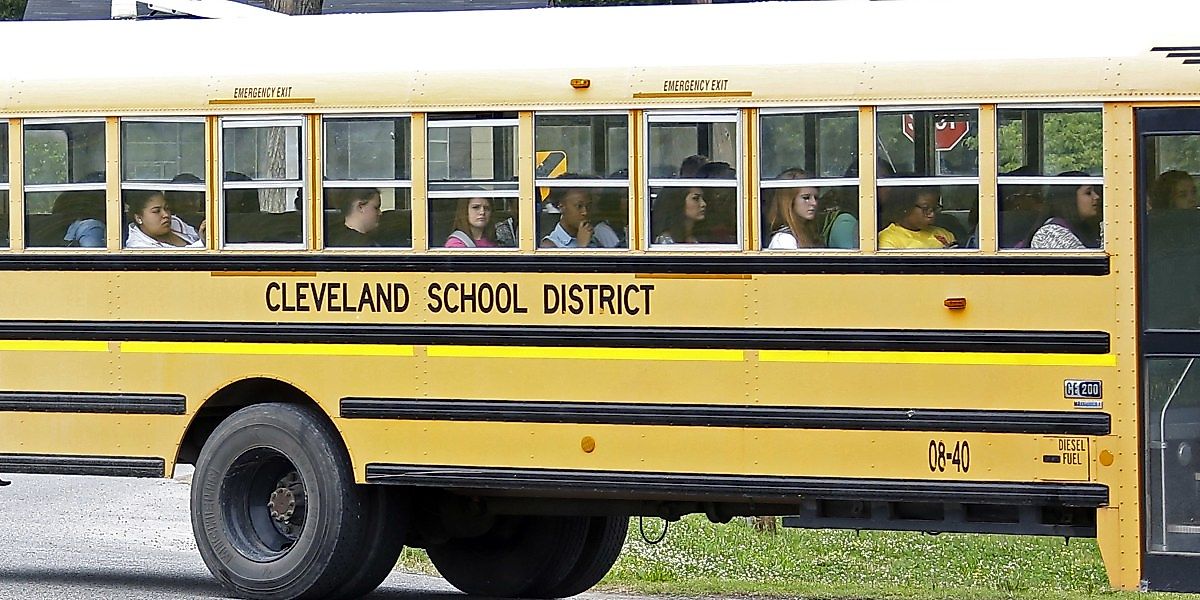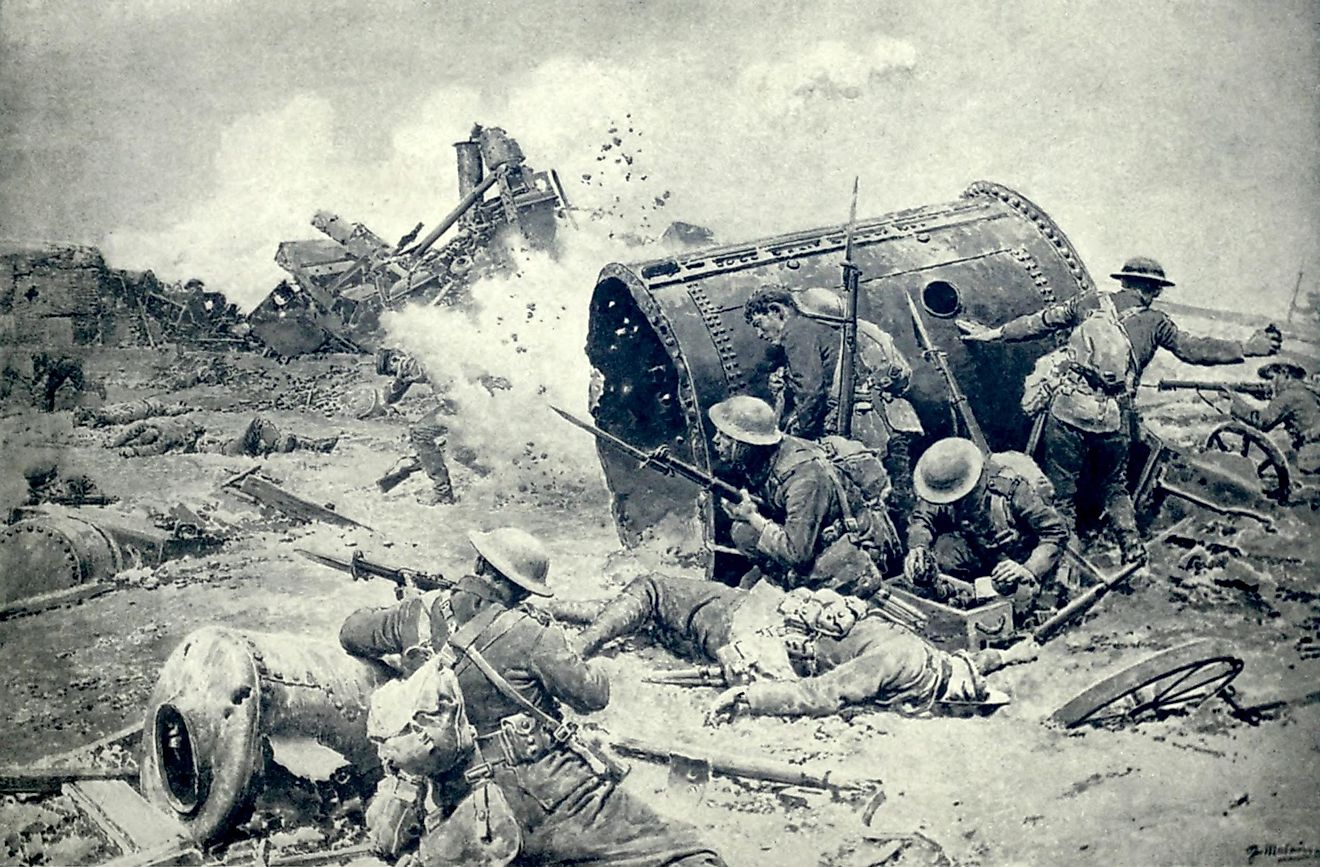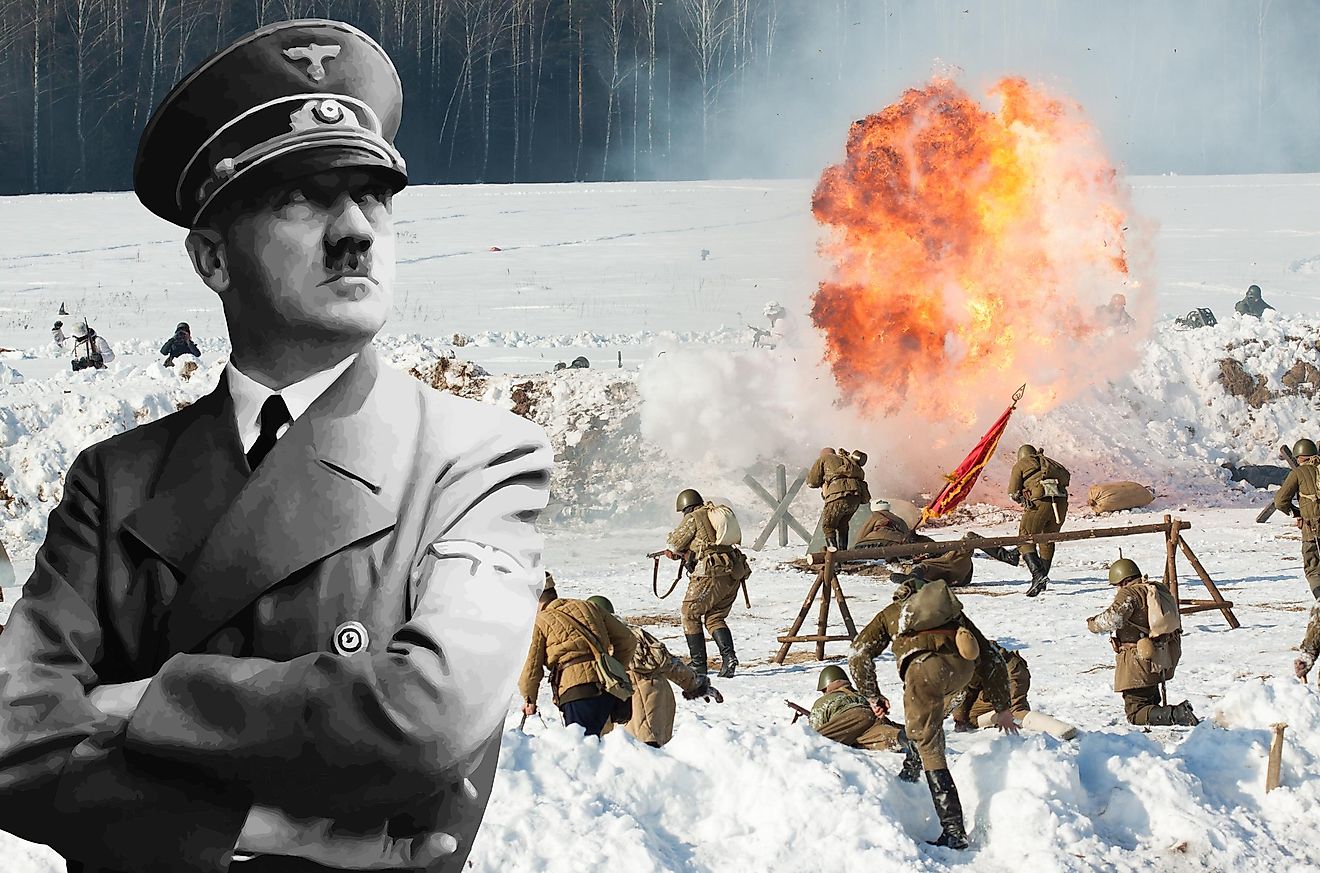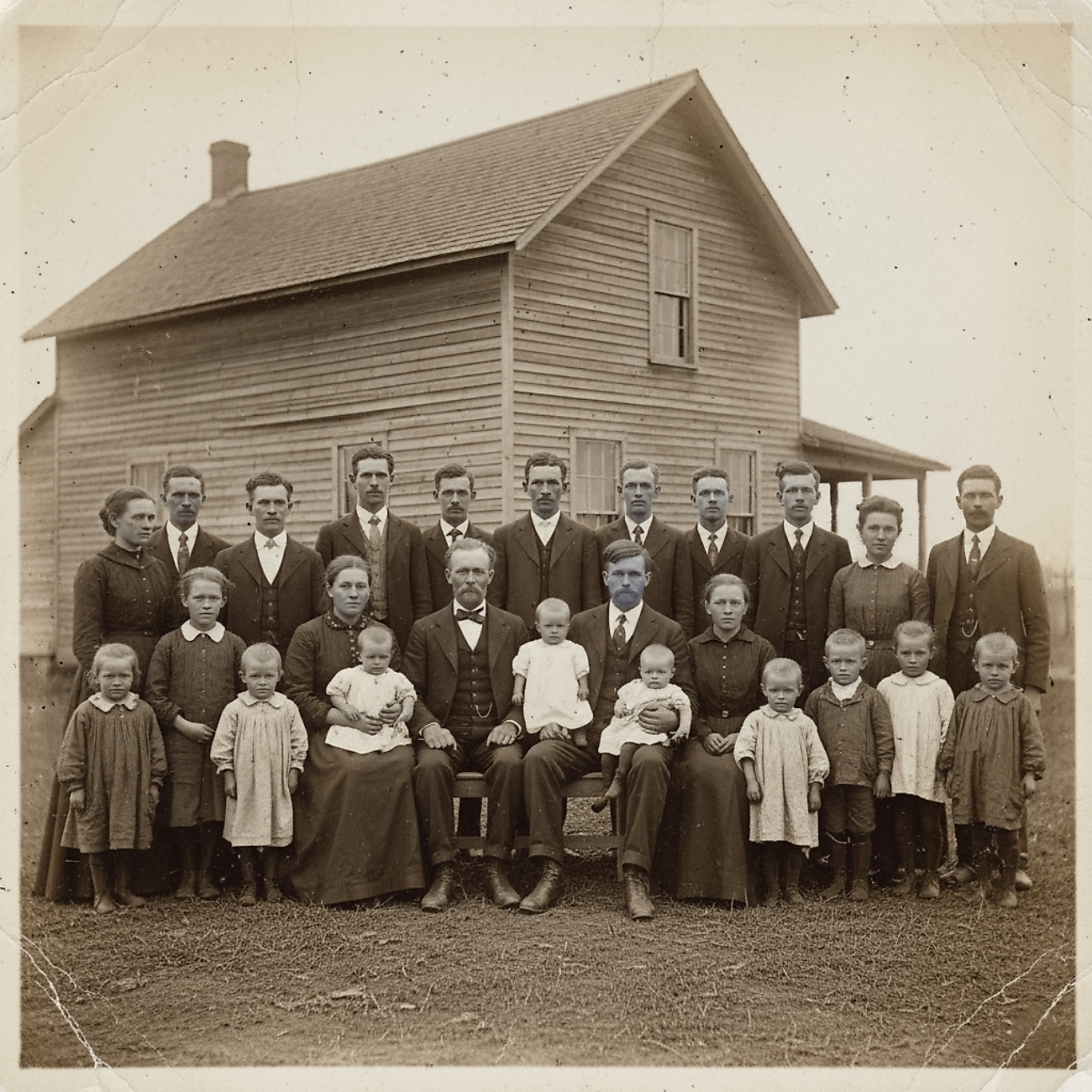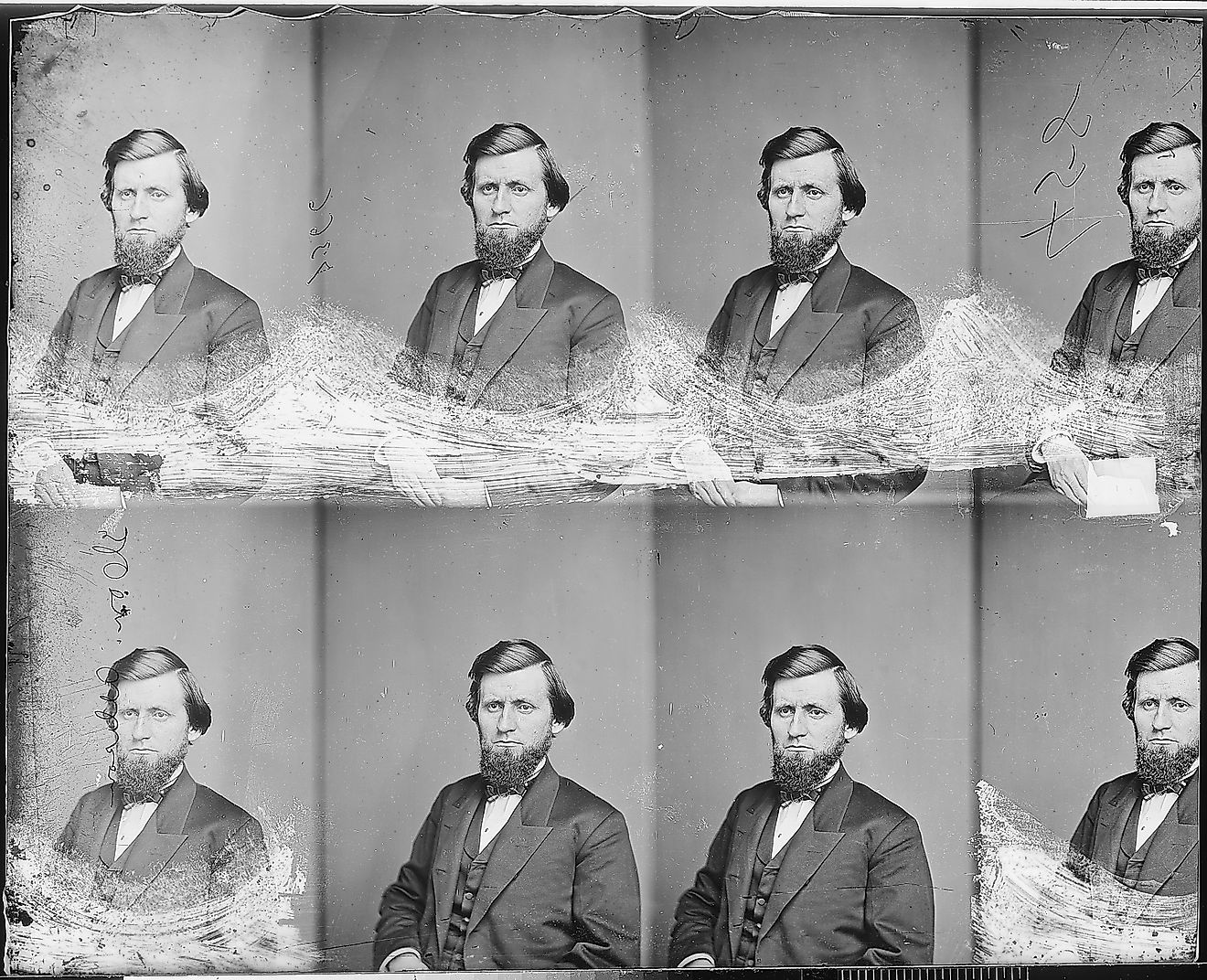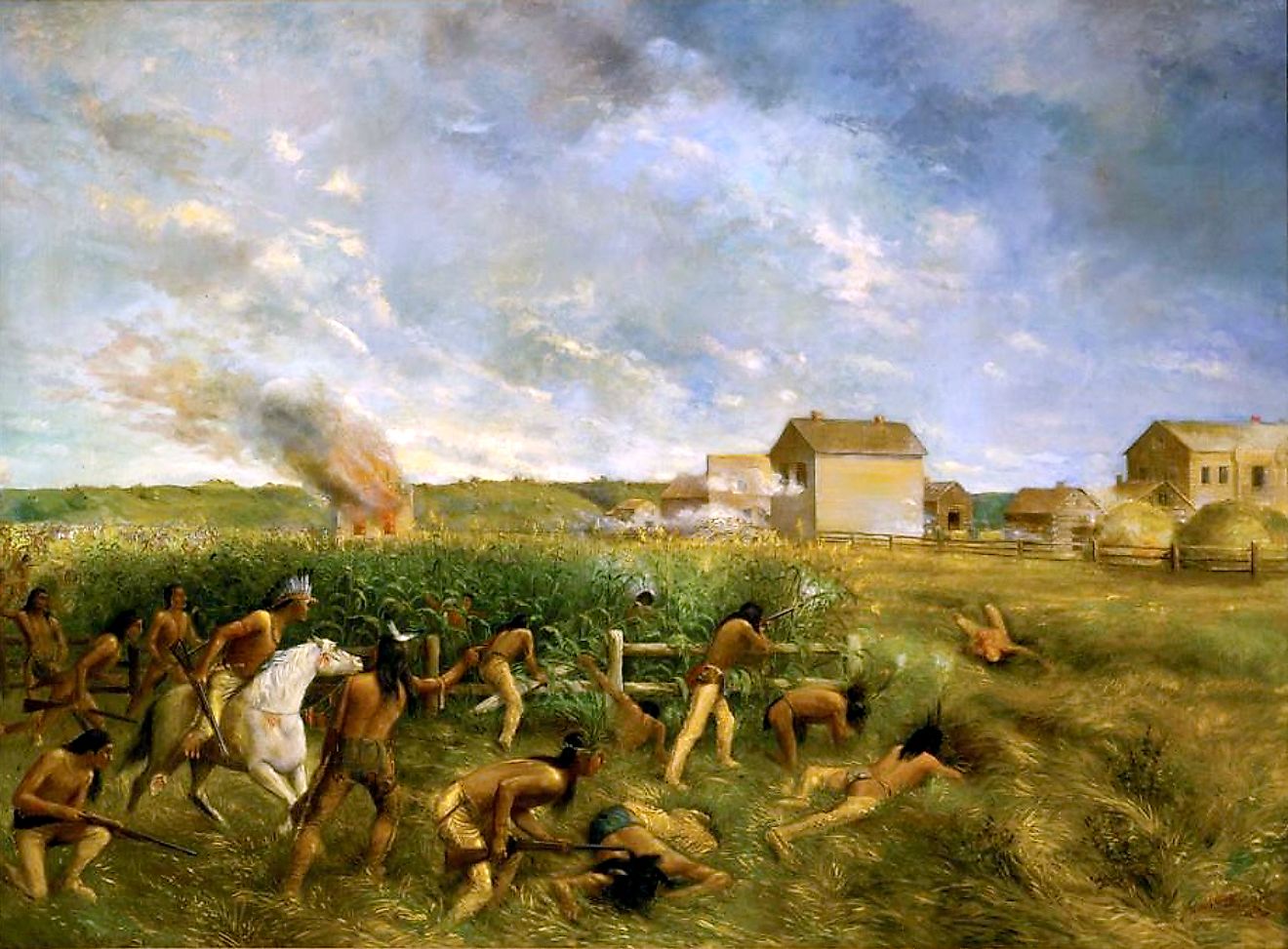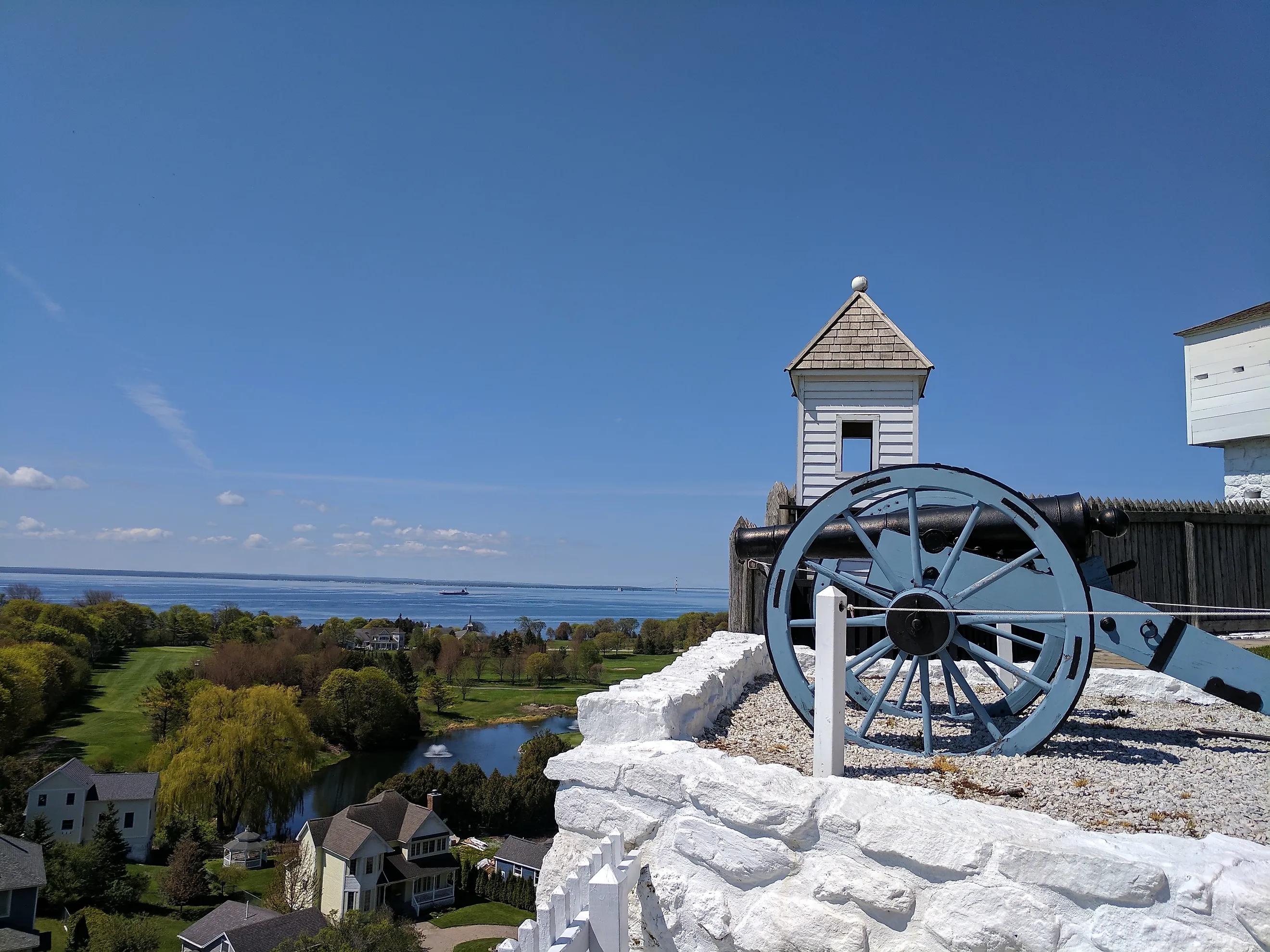
5 Historic Battles That Shaped Michigan
Michigan’s landscape is dotted with sites where the struggles of the 18th and early 19th centuries played out, defining the region and its people. If you visit Fort Michilimackinac, you’ll see the spot that once served as a bustling trading post and military stronghold before Ojibwe warriors captured it during Pontiac’s Rebellion. Nearly 50 years later, you can imagine American militia facing ambushes at places like Brownstown Creek and River Raisin, while British and Native forces coordinated sieges that tested the limits of strategy and courage. These battles were fought over control of waterways, trade, and territory, and visiting these sites lets you connect with the soldiers, militia, and Native allies who shaped Michigan’s early history.
Battle of Fort Michilimackinac (1763)
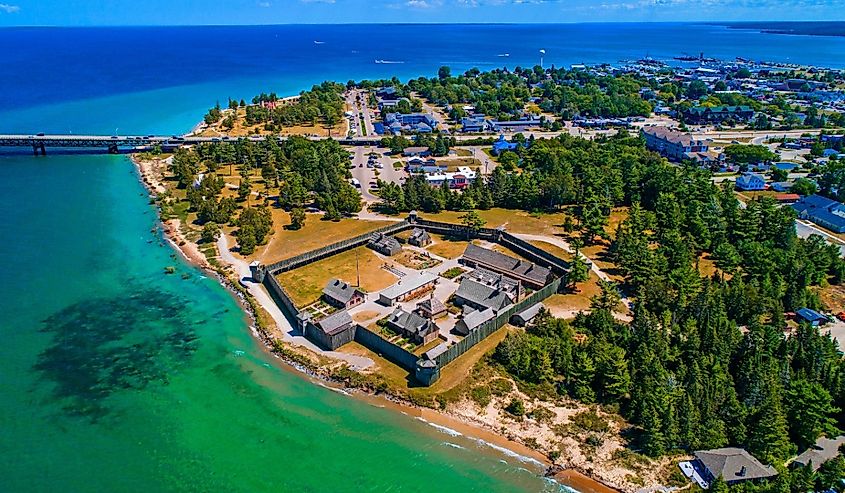
On June 2, 1763, Fort Michilimackinac, located near the tip of Michigan’s Lower Peninsula, was captured during Pontiac’s Rebellion. The fort, built by the French and later occupied by the British, was a trading post and military outpost that controlled access to the upper Great Lakes region. Ojibwe warriors, with support from allied tribes, viewed the fort as a symbol of British encroachment into their territory.
The Ojibwe employed a strategic ruse to seize the fort. They staged a game of baaga’adowe, an early form of lacrosse, outside the fort’s walls. As the story goes, the British garrison watched the game, unaware that weapons were concealed in the ball and sticks. At a coordinated signal, the Ojibwe attacked, overwhelming the soldiers and taking control of the fort. The capture demonstrated the effectiveness of tactical deception in 18th-century warfare.
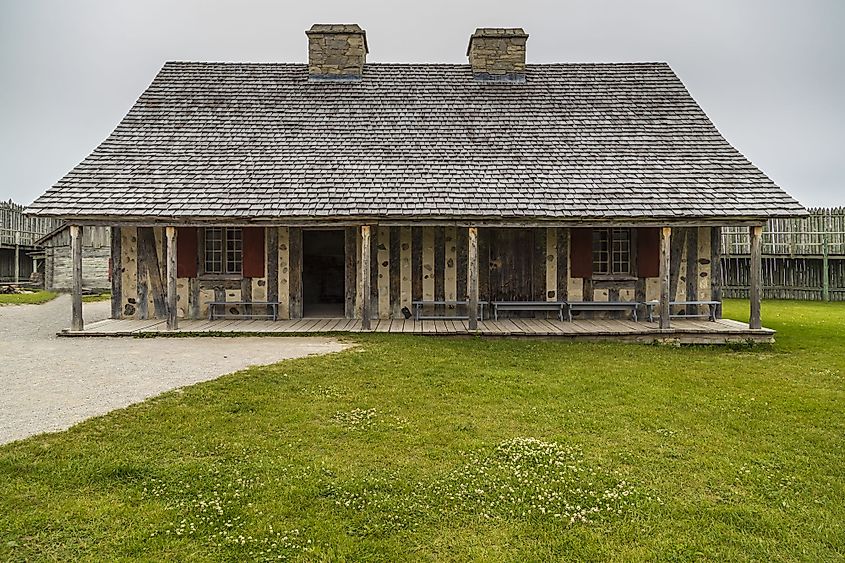
Today, Fort Michilimackinac Historic Park, located in Mackinaw City on the shore of Lake Michigan, is open seasonally from May through October and requires an admission fee. The site features reconstructed buildings and wooden palisades. Visitors can walk through the guardhouse, barracks, and storehouses and view exhibits on the fort’s role in trade and military operations. Archaeological displays and reenactments show the layout and structures of the fort as they existed at the time of its capture.
Battle of Brownstown (1812)
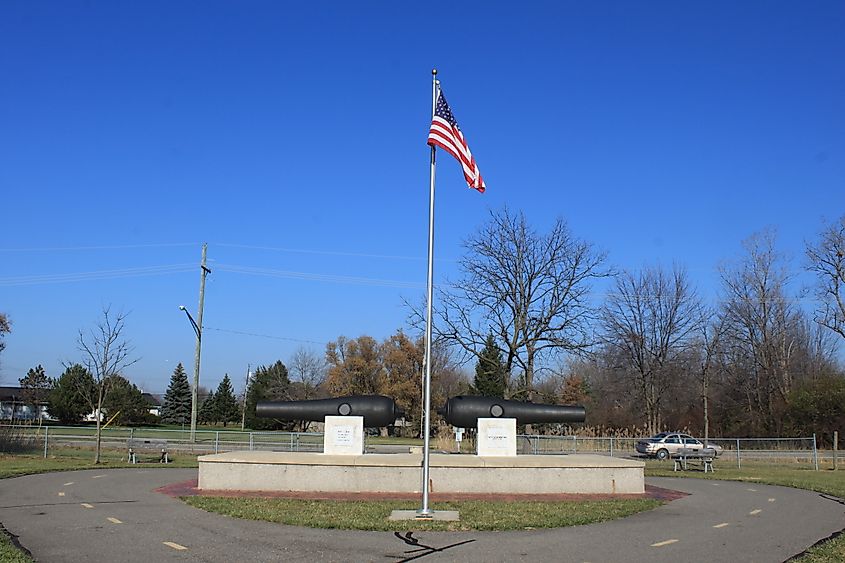
The Battle of Brownstown was an early skirmish in the War of 1812. On Aug. 5, about 200 American militia troops under Maj. Thomas Van Horne were ambushed near Brownstown Creek by a force of Native American warriors led by Shawnee leader Tecumseh. The Americans tried to hold their ground in the dense woods and along the creek banks but were quickly outflanked.
Eighteen US soldiers were killed, 12 wounded, and roughly 70 were captured or went missing, according to multiple sources. Josiah Snelling distinguished himself by organizing a rear guard action that allowed some of his comrades to escape, an effort for which he was later promoted to major. The engagement was the first major American loss in Michigan during the War of 1812 and highlighted the skill and coordination of Native forces allied with the British.
The site is part of Lake Erie Metropark, accessible along a paved trail in a scenic setting. Visitors can see a historical marker, a set of cannons, and interpretive signage detailing the battle. The park is open year-round with a daily vehicle fee; pedestrians and cyclists can enter for free.
Siege of Detroit (1812)
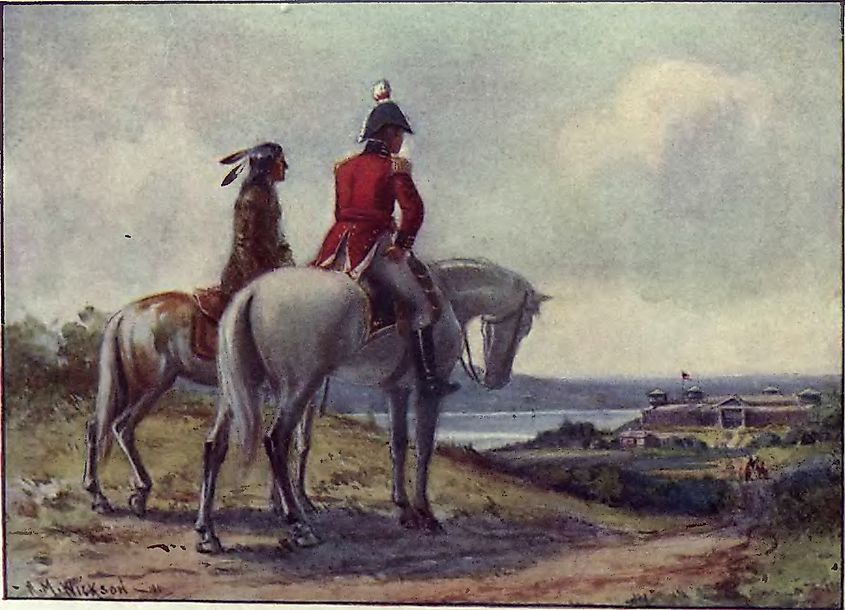
On Aug. 15, British forces under Maj. Gen. Isaac Brock positioned artillery near the Canadian side of the Detroit River, while Tecumseh led Native warriors in coordination with the British. The American garrison, commanded by Gen. William Hull, prepared to defend Fort Detroit, but the fort’s defenses were incomplete, and the troops were largely inexperienced.
In the early hours of Aug. 16, Tecumseh led his warriors across the river, while Brock moved British troops to the rear of the fort, where defenses were weakest. Tecumseh had his warriors march repeatedly through a gap in the woods, creating the impression of a much larger force. The combination of British artillery fire, war cries, and visible troop movements unsettled the American defenders. Faced with this perceived threat, Hull surrendered Detroit without firing a shot. The fort was handed over to the British, giving them control of a strategically important location on the Detroit River.
Battle of the River Raisin (1813)
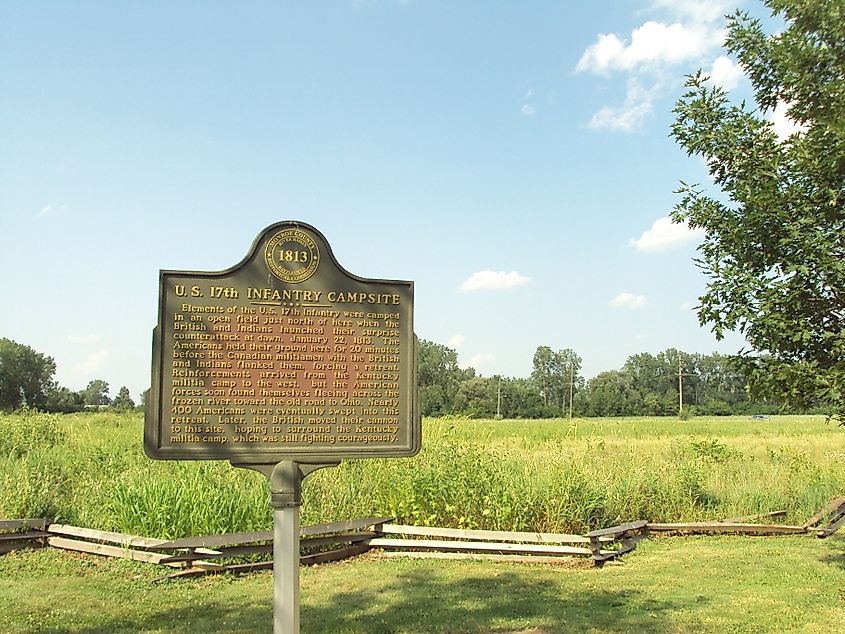
In January 1813, American forces sought to reclaim territory after the fall of Detroit. Near Frenchtown, present-day Monroe, Michigan, they engaged British troops and Native allies under Col. Henry Procter in what became known as the Battle of the River Raisin (also commonly known as the Battle of Frenchtown). The conflict unfolded in two stages. On Jan. 18, Kentucky militia under Col. William Lewis drove back the defenders in an initial victory, but four days later, Procter returned with reinforcements. Early in the ensuing battle, Gen. James Winchester was captured.
Amid the brutal fighting, Kentucky militia Col. John Allen became a symbol of defiance. Surrounded and wounded, he refused to surrender and was killed on the field. The following day, many wounded American prisoners, most of them Kentuckians, were massacred by Native allies of the British despite assurances of protection. News of the killings spread across the frontier, giving rise to the rallying cry “Remember the Raisin,” which was invoked by American troops in later campaigns, including the Battle of the Thames.
River Raisin National Battlefield Park, near the confluence of the River Raisin and Lake Erie, preserves the site with riverside trails, museum exhibits featuring battle artifacts, and commemorative events honoring the soldiers who fought and died there.
Battle of Mackinac Island (1814)
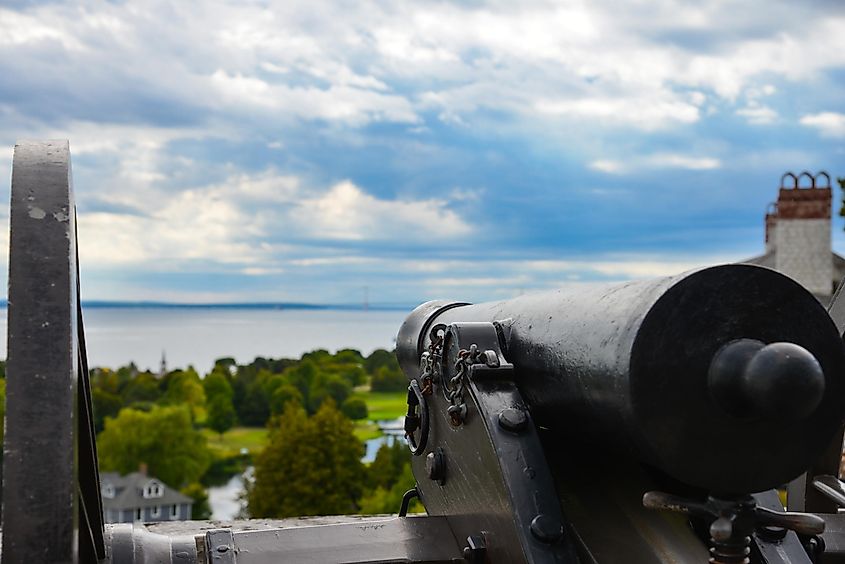
On Aug. 4, 1814, American forces attempted to retake Mackinac Island, a strategic post that controlled access between Lake Michigan and Lake Huron. The island had been captured by the British in 1812, giving them influence over the Great Lakes fur trade and alliances with Native nations.
The American expedition, commanded by Lt. Col. George Croghan and Maj. Andrew Hunter Holmes, brought more than 700 men along with naval support. They landed on the island’s southern shore and advanced inland. The British garrison, led by Lt. Col. Robert McDouall, was reinforced by Canadian militia and several hundred Native allies familiar with the island’s rugged terrain.
As the Americans pushed through dense forest and uneven ground, they encountered heavy resistance. Holmes was killed in the fighting, and the American lines became disorganized. Facing mounting casualties, with more than 70 killed or wounded, Croghan ordered a retreat back to the ships. The British suffered only a handful of casualties and maintained control of the island.
The defeat at Mackinac Island marked the last major American attempt to retake the post. The British held it until the Treaty of Ghent ended the war in 1815, at which point it was returned to the United States.
Today, the site is preserved at Fort Mackinac, located on Mackinac Island within Mackinac Island State Park on a bluff overlooking the city and Haldimand Bay. Open seasonally from May through October, with an admission fee, the site features exhibits and reenactments interpreting the events of the battle.
Discovering Michigan's Most Historic Battles
Michigan’s forts and battlefields are more than historical sites. If you visit them today, you’ll find places where stories of strategy, courage, and survival come alive. From Fort Mackinac on the northern lakes to the River Raisin battlefield near Lake Erie, each site captures a moment when people fought for control, safety, and their way of life. Preserved as parks, trails, and museums, these locations invite you to walk the same ground, imagine the challenges faced, and connect with the events that shaped Michigan and the Great Lakes region.


